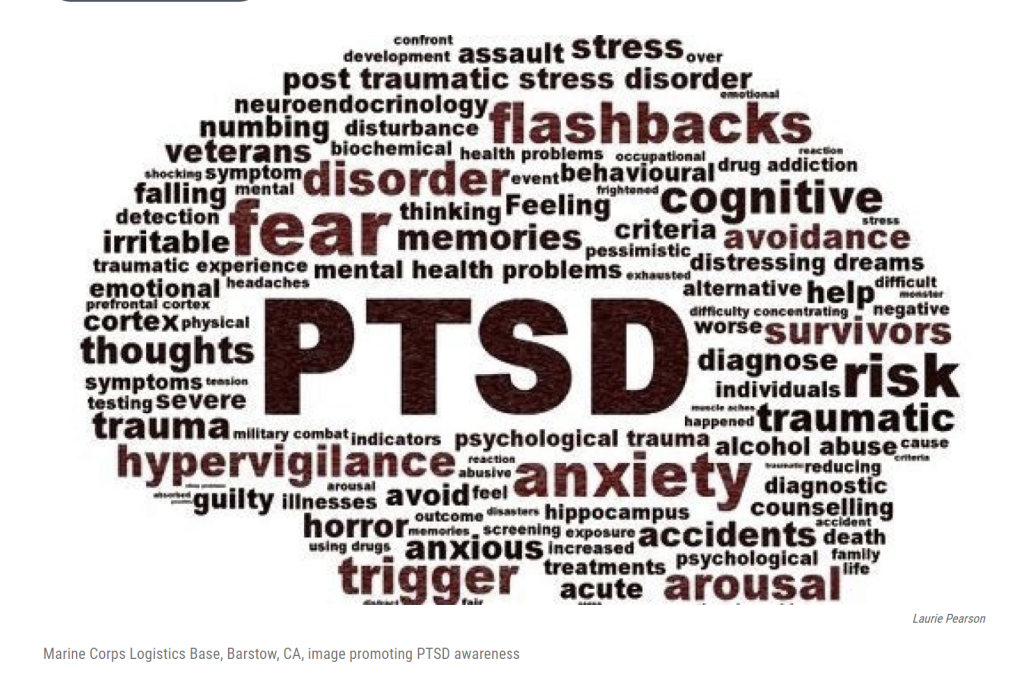
I suspect if you are reading this article, you may be asking yourself, what is C-PTSD? Why is this blog so focused on C-PTSD? And also what do I need to know?
This article will answer those questions.
Site Trigger Warning
This site contains individual articles around C-PTSD and lived experience. In each article I have added trigger warnings for disturbing content. If you find something which requires a trigger warning I have missed, please contact me.
Crisis and Suicide Support Lines
If you are upset by this content and require crisis support please reach out one of the support lines listed on this page. Please note some screen reader and browser combinations will not identify the relationship between the Website and the phone number. Please note for each heading the website will appear first, followed by the phone number in all cases.
Australia
United States of America
All Other Countries
For countries not listed you can find other numbers on Wikipedia’s List of suicide crisis lines
Details About C-PTSD
So What is C-PTSD?
C-PTSD stands for Complex-Post Traumatic Stress Disorder. It is a mental health condition and condition categorised as neurodiverse. Other neurodiverse conditions including Autism and ADHD. C-PTSD stems from multiple traumatic events. The same events which can lead to Post Traumatic Stress Disorder (PTSD) or from long term on going abuse. Some incidents include incidences of violence, sexual assault, war or terrorist attack. C-PTSD however, most commonly arises from exposure to ongoing abuse or trauma related to a common theme. The themes most often are abuse by family, friends or a person in position of power and trust to their victim. Note that not everyone who experiences such events will develop PTSD/C-PTSD and just because someone has C-PTSD does not mean a new life threatending condition will impact them in the same way.
Risks for Developing PTSD and C-PTSD
A person’s risk of acquiring PTSD or C-PTSD increases if
- There is an underlying mental illness such as anxiety, depression or a family history
- A person has a tendency to personality traits including stoicism or certain neurosis
- There are physiological differences present in the brain’s regulation of hormones and neurochemicals
- Exposed to certain lifecycle factors such as not having a strong support network or having a dangerous job.
Symptoms of PTSD and C-PTSD
C-PTSD symptoms consist of PTSD symptoms including:
- Flashbacks, hallucinations, nightmares
- Physiological ticks
- Hyper-arousal (anxiety, startled by noise, jittery and on high alert frequently)
- Risk taking behavior
And additionally in C-PTSD
- Emotional regulation difficulties
- Inability to trust
- Negative self-worth and self-esteem
Lived Experience of C-PTSD
I have lived with C-PTSD and it’s associated symptoms for many years without incident. I was able to manage triggers without treatment and many people never knew I lived with C-PTSD. Unfortunately events in 2022 continuing to 2023 had a significant impact on my C-PTSD. These issues were occuring on a daily basis and were not removed. The ongoing issues resulted in body becoming unable to manage the constant triggering. My body reset my nervous system to a default of “high alert.” This lasted for months and eroded my coping mechanisms. Eventually I was no longer able to function with daily tasks.
In later articles on this blog I will discuss my personal lived experience with C-PTSD including:
- The warning signs.
- Physical and mental impacts in my decent to unmanaged C-PTSD
- Treatments, therapies and supports I have tried along the way
- Rebuilding and my road to recovery.
- Transitioning to my new “normal”
Why The Focus on C-PTSD in this Blog
I have focused on C-PTSD for a few reasons within this blog.
- There is a stigma around C-PTSD.
- Many people do not know that C-PTSD can be caused by factors other than war
- People often do not know how to assist someone with C-PTSD. Unfortunately this can result in increasing trauma during a flashback.
- Talking about C-PTSD in a controlled way (which seems counter intuitive) actually assists me in processing my trauma and accepting it. I am able to write about my experiences, but when I speak about them, it is a much greater challenge.
How can I help someone with C-PTSD?
Some of the easiest ways to help someone with C-PTSD is simply to believe them without judgement. Sadly many people experiencing C-PTSD are met with disbelief, especially if they are high achievers. In fact, high achievers are at higher risk of C-PTSD. This is because high achievers learn to compartmentalize and shut off “un-useful” parts of their emotions, personality and thoughts so they can “get through” a challenge.
If someone advises you that they have C-PTSD. Thank them for being comfortable to share that information with you. Ask them if there is anything you can do to help them be more at ease and avoid triggers. Note by doing this you are not saying you will never exhibit the behaviours, nor are you taking responsibility to how someone triggered may react, but by having an understanding both parties can better move forward.
Things you can do
- Thank the person for being open and trusting. It takes effort to let people know you have C-PTSD
- Ask them if there are things they know to be triggering which may arise
- Ask what signs they might exhibit when triggered.
- Ask how you should react if they appear triggered.
- Let them know that they do not have to tell you about their past. If however they do, let them know you respect and will maintain their privacy.
- Ask them how you should respond in an emergency
Things you should not do
- Do not ask the person why they have C-PTSD. This is very personal. Recalling situations or talking to someone about trauma takes a lot of trust and can be triggering itself.
- Do not expect a person will know all their triggers
- Do not ask a person to make a list of all their triggers. Being detailed and actively recalling triggers can result in reliving the trauma. This can also lead to self-harm
- Do not discuss their condition with others unless they have given you explicit permission. Just because they gave you permission to share with someone previously, does not mean they are comfortable with you sharing with another person.
- Do not ostracize them. This condition is not their fault.
What to do in an emergency
What should you do if someone you know with C-PTSD appears triggered or acting out of character?
- If you have already developed a plan with the person for emergency situations, follow that plan.
- Step back from the person/give them space.
- Try to talk to the person calmly with soothing tones
- Do not be confrontational even with your speech. Even if what they are saying is not true. e.g. If they are agitated and saying they are hopeless, or that you hate them, or that they are evil. Do not respond by saying directly “No you are not” or “that’s not true” instead deflect with statements like “I know it can feel that way sometimes, but I don’t hate you” or “we all do some bad things sometimes but that does not make you evil” by acknowledging their feelings it can deescalate the situation
- Attempt to redirect. If a situation is leading to the extreme reaction, provide them an option. “Why don’t we do X instead of a while? Would you like that?” By asking (rather than ordering) you give them a choice. Having choices can de-escalate a situation. Giving and order e.g. “Stop it, we are going to do X now” or “Don’t do that!” is more likely to escalate the situation.
- Do not assume the person knows who you are. If a person is reliving a previous memory, they may not recognize you or the surroundings. Speak softly and continue to remind them they are safe and who you are by name. You should continue to remind them who you are and where they are. Do this until they clearly acknowledge who you by name are and make eye contact.
- Do not touch someone who you think is triggered. Regardless of if they are angry, confrontational, emotional or crying, do not touch them unless you have asked, been explicitly acknowledged and provided consent. Someone reliving trauma may not recognise you or their surroundings.
Reminder
As per the earlier trigger warning, please be aware that some of the stories I may share can be confronting. Please use your own judgement when reading the articles and ensure you care for your own mental health while reading.
